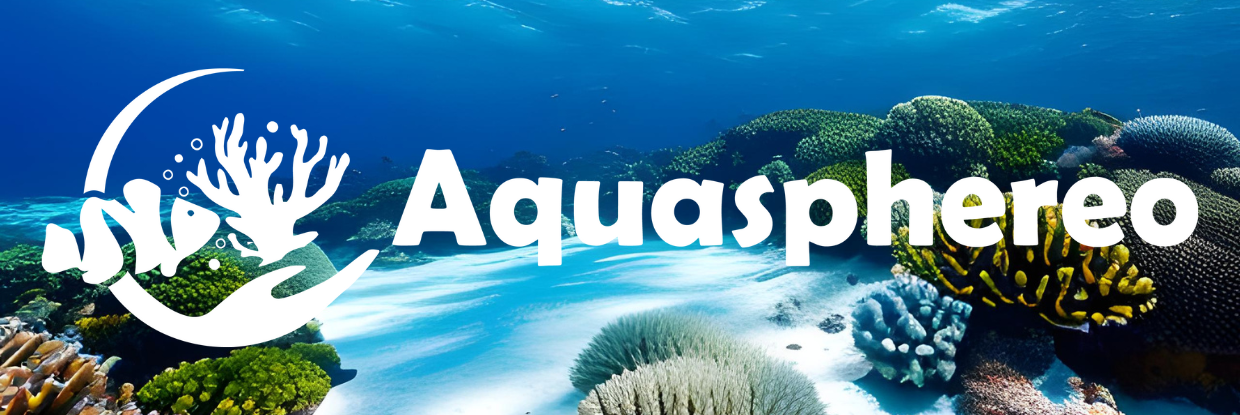Freshwater Crab Aquarium : A guide
If you’re looking for a unique and interesting addition to your aquarium, freshwater crab could be just what you need. These fascinating creatures can be quite entertaining to watch, and they’re relatively low-maintenance when it comes to aquarium care.
Why Choose Freshwater Crabs?
If you’re new to the world of aquariums, it’s easy to be overwhelmed by the number of options available. Freshwater crabs are a great choice for many reasons:
- They’re interesting creatures that can add a lot of personality to your aquarium.
- They’re relatively easy to care for.
- They don’t require a lot of space, making them a perfect addition to smaller aquariums.
- They’re relatively hardy and can adapt to a range of water conditions.
Choosing Your Freshwater Crab
There are several different types of freshwater crabs you can choose from, each with their own unique characteristics. Some of the most popular options include:
- Thai micro crabs
- Panther crabs
- Fiddler crabs
- Vampire crabs
- Red Claw crabs
It’s important to do your research and choose a crab species that’s well-suited to your aquarium’s conditions.
Setting Up the Perfect Freshwater Crab Habitat
Once you’ve chosen your freshwater crab, it’s time to start setting up their new home. Here are some key steps to follow:
Step 1: Choose the Right Tank
Before you can start setting up your freshwater crab aquarium, you’ll need to choose the right tank. A tank that’s too small can lead to overcrowding, while a tank that’s too large can be difficult to maintain. A 10-gallon tank is typically a good choice for a single crab, while a 20-gallon tank should be sufficient for a small group.
Step 2: Set Up the Substrate
The substrate you choose will depend on the type of freshwater crab you have. Generally speaking, a sand or fine gravel substrate is a good choice. Be sure to rinse the substrate thoroughly before adding it to the tank.
Step 3: Add Decorations and Plants
Freshwater crabs love to have hiding places, so it’s important to add some decorations and plants to your aquarium. Items like driftwood, rocks, and caves are all great choices.
Step 4: Add Water and Filtration
The water you use in your aquarium should be dechlorinated and have a temperature between 72 and 80 degrees Fahrenheit. A filter is essential for keeping the water clean and maintaining good water quality.
Step 5: Introduce Your Freshwater Crab
Once your aquarium is all set up, it’s time to introduce your freshwater crab. Be sure to acclimate them slowly to their new environment by floating their transport bag in the tank for 15-20 minutes before releasing them.
Maintaining Your Freshwater Crab Aquarium
Maintaining a freshwater crab aquarium is relatively easy, but there are a few key steps you’ll need to take to keep the water clean and your crab healthy:
- Perform regular water changes
- Keep an eye on water temperature and quality
- Feed your crab a varied diet of high-quality food
- Clean the tank and decorations on a regular basis
Frequently Asked Questions
A. It depends on the species. Some freshwater crabs can be kept alone, while others prefer to be in groups. Be sure to do your research on the specific species you’re interested in before making a purchase.
A. Freshwater crabs should be fed daily. They enjoy a varied diet that includes both meat and plant-based foods.
A. It’s rare, but some species of freshwater crabs can be aggressive towards other aquarium inhabitants. Be sure to research the species you’re interested in and choose tankmates carefully.
A. In general, it’s not recommended to keep different species of freshwater crabs together, as they may compete for resources and may not get along.
A. The lifespan of a freshwater crab can vary depending on the species, but most live for 1-3 years in captivity.
Conclusion
Freshwater crabs are a unique and interesting addition to any aquarium. With a little bit of research and care, you can create the perfect habitat for your crab and enjoy their fascinating antics for years to come.
